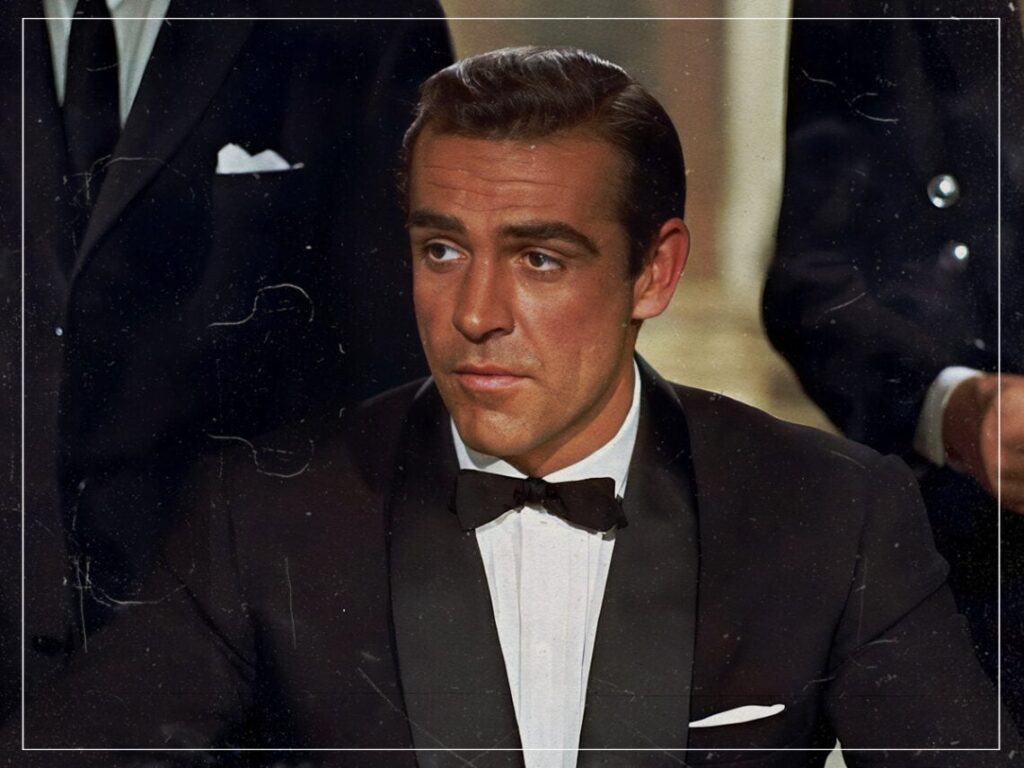Pissing Money Away: When Ernest Hemingway appropriated his favourite urinal
 Posted On
Posted On
(Credits: Far Out / Hans Malmberg, Nordic Museum)
In many professions, such as those involving heavy machinery, drinking is vehemently discouraged and certainly unhelpful. However, social and professional lives blend in a heady swirl in artistic realms such as literature. As Hunter S. Thompson, Ernest Hemingway and Lord Byron discovered, booze could be both a curse and a cure for the writer.
The risks of intoxication during a writing session are typos, illegible notes and faceplanting on the typewriter. Beyond the difficulties of disentangling one’s nose from the keys, these short-term risks are nothing compared to ill-judged hand movements at a sheet metal factory. In short, writers can afford to drink excessively seven days a week, and social lubrication, bubbly highs and crashing lows have a propensity to inspire top-flight literature.
For most, alcohol isn’t quite as consciousness-expanding as mescaline, which inspired Aldous Huxley to write The Doors of Perception and Heaven and Hell in his later career and made Jean-Paul Sartre hallucinate crabs for several years. All the same, its influence is incalculable in both positive and negative manners.
In the case of Ernest Hemingway, the American titan behind such masterpieces as The Old Man and the Sea and Fiesta: The Sun Also Rises, alcohol was both a boon and a burden. As a writer of the so-called lost generation, Hemingway reflected the social norms of the young middle classes following the First World War. For Hemingway and contemporaries like F. Scott Fitzgerald, this involved plenty of time in France, mingling with progressive artists and drinking copious volumes of wine.
Most biographers tend to agree that Hemingway was a functioning alcoholic. Unlike Fitzgerald, who liked to party hard, Hemingway was a quieter, more consistent drinker, and it came to him like the inhalation of air. He wasn’t regarded a binging sot, but was never too far from a bar or a well-stacked decanter.
Most records seem to suggest that Hemingway could handle his drink well, and so wasn’t known as a social disgrace while on the sauce. However, this isn’t to say he didn’t enjoy his inebriated capers.
Following his years spent in France in the 1920s, Hemingway settled in Key West, Florida, in a large, ornate mansion. “He fell in love with Key West, the lifestyle, the fishing, of course,” Dave Gonzales, director at the Ernest Hemingway House and Museum, once noted. “He kept coming back to Key West over the next two years. He’d invite his friends from the ‘Lost Generation.’ John Dos Passos came down, Waldo Peirce, F. Scott Fitzgerald, and they’d come down for fishing trips in the spring mostly, but Hemingway would spend four to six months out of the next two years here.”
Hemingway remained in his mansion, originally built in 1851 by shipwreck salvaging merchant Asa Tift, until 1939. During this period, he wrote such notable works as To Have and Have Not, Green Hills of Africa, The Snows of Kilimanjaro and The Short Happy Life of Francis Macomber. All the while, he maintained his drinking habit with frequent visits to Sloppy Joes.
At the famous sports bar, the writer would unwind for many an hour, socialisng or pensively planning his next chapter over a whiskey. At intervals, he would need to relieve himself in the bar’s surprisingly attractive urinals. During one particularly heavy evening of drinking, Hemingway informed “Sloppy Joe” Russell that he would be taking his favourite urinal home with him.
At the time, Russell was moving locations, and Hemingway felt he deserved to salvage the urinal since he had pissed away enough of his money in it. Russell duly helped Hemingway lift the porcelain trough from its place in the bar’s toilets and moved it into Hemingway’s garden next to his pool. Naturally, Hemingway’s wife, Pauline, was unimpressed with the new feature but decided to adorn it with decorative tiles for use as a water fountain for the cats.
In 1939, Hemingway moved from Key West to Cuba, leaving behind his second wife, children and the urinal. He received the Nobel Prize for Literature in 1954 following the success of The Old Man and the Sea. Tragically, following a life fraught with emotional turmoil compounded by alcoholism, Hemingway took his own life in 1961 at his home in Ketchum, Idaho.
Hemingway’s Key West mansion is now a museum dedicated to the legendary writer. Visitors can see the rooms where Hemingway wrote, slept, ate, and relaxed. On a stroll into the garden, one can also see the fountain that was once a urinal.
[embedded content]


